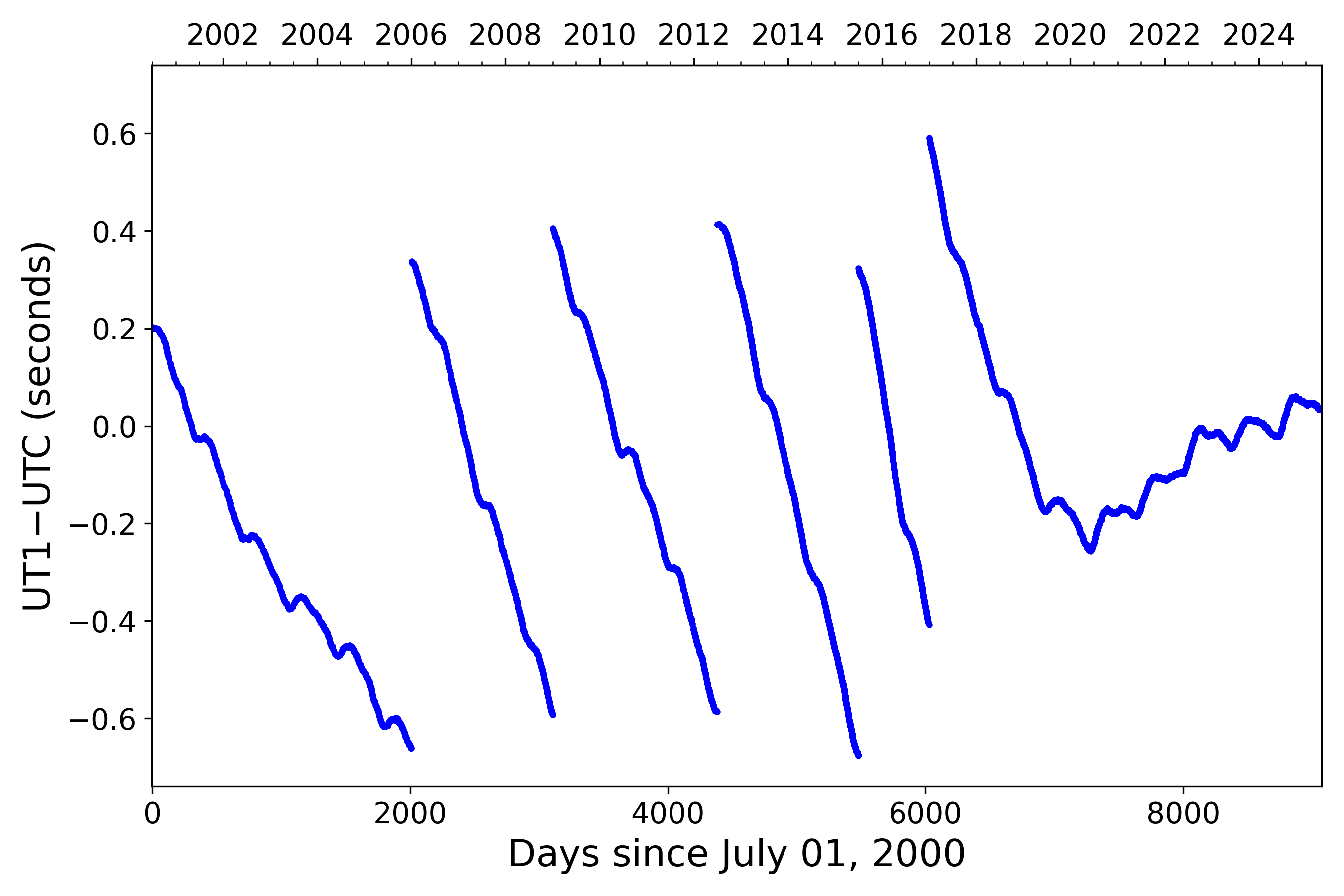- Organization
-
IAU Double Star Center
- WDS Description
-
WDS Catalog
- WDS Catalog: Full
- WDS Catalog: 00-05 Hour Section
- WDS Catalog: 06-11 Hour Section
- WDS Catalog: 12-17 Hour Section
- WDS Catalog: 18-23 Hour Section
- WDS Catalog With Precise Last Only
- WDS Catalog As An SQL Database (Original Code, Danley Hsu; Improved Code, Damien Mattei)
- WDS With Constellation And Bayer/Flamsteed Designation (When Applicable) Appended
- Format Of The Current WDS
- Notes File For The WDS
- References And Discoverer Codes
-
WDS Supplemental Catalog
- WDS Supplemental Catalog: Explanatory file
- WDS Supplemental Catalog: Summary
- WDS Supplemental Catalog: 00-05 Hour Section (All Data)
- WDS Supplemental Catalog: 06-11 Hour Section (All Data)
- WDS Supplemental Catalog: 12-17 Hour Section (All Data)
- WDS Supplemental Catalog: 18-23 Hour Section (All Data)
- WDS Supplemental Catalog: Format Of Files
- IAU Commission G1
-
Sixth Catalog Of Orbits Of Visual Binary Stars
- Full Page
- Introduction
- Orbit Grading Method
- Description Of The Catalog
- Catalog statistics
- Acknowledgments And References
- Orbital Elements: Html
- Orbital Elements: Text
- Orbital Elements: SQL
- Ephemerides:Html
- Ephemerides:Text
- Notes:Html
- Notes:Text
- References:Html
- References:Text
- Orbital Elements: Frame Version
- Formats Of Elements And Ephemerides Files
- Calibration Candidates
- Top 25 Orbit Calculators
- Master File Database
- Catalog Of Rectilinear Elements
- Fourth Catalog Of Interferometric Measurements Of Binary Stars
- The Delta-M Catalog
- IERS ICRS Center
- IVS (VLBI) Analysis Center
- IVS (VLBI) Analysis Center for Source Structure
-
Data Products
- Overview
-
IAU Double star center
- Overview
-
WDS Catalog
- WDS Catalog: Full
- WDS Catalog: 00-05 Hour Section
- WDS Catalog: 06-11 Hour Section
- WDS Catalog: 12-17 Hour Section
- WDS Catalog: 18-23 Hour Section
- WDS Catalog With Precise Last Only
- WDS Catalog As An SQL Database (Original Code, Danley Hsu; Improved Code, Damien Mattei)
- WDS With Constellation And Bayer/Flamsteed Designation (When Applicable) Appended
- Format Of The Current WDS
- Notes File For The WDS
- References And Discoverer Codes
-
WDS Supplemental Catalog
- WDS Supplemental Catalog: Explanatory file
- WDS Supplemental Catalog: Summary
- WDS Supplemental Catalog: 00-05 Hour Section (All Data)
- WDS Supplemental Catalog: 06-11 Hour Section (All Data)
- WDS Supplemental Catalog: 12-17 Hour Section (All Data)
- WDS Supplemental Catalog: 18-23 Hour Section (All Data)
- WDS Supplemental Catalog: Format Of Files
-
Sixth Catalog Of Orbits Of Visual Binary Stars
- Full Page
- Introduction
- Orbit Grading Method
- Description Of The Catalog
- Catalog statistics
- Acknowledgments And References
- Orbital Elements: Html
- Orbital Elements: Text
- Orbital Elements: SQL
- Ephemerides:Html
- Ephemerides:Text
- Notes:Html
- Notes:Text
- References:Html
- References:Text
- Orbital Elements: Frame Version
- Formats Of Elements And Ephemerides Files
- Calibration Candidates
- Top 25 Orbit Calculators
- Master File Database
- Catalog Of Rectilinear Elements
- Fourth Catalog Of Interferometric Measurements Of Binary Stars
- The Delta-M Catalog
- FRIDA
- 24 Hour Sessions
- UT1-UTC
- Global Solutions
UT1-UTC (VLBI)

Astronomers determine the mean solar time based on the rotation of the Earth. This rotation is irregular, with the amount of time it takes to complete a full rotation sometimes a few milliseconds more or less than a day. The mean solar time at 0° longitude is called Universal Time (UT1). Through international agreement, the world tells time at 0° longitude using Coordinated Universal Time (UTC), and time zones are offset from UTC to determine the local time in a given place. UTC is based off of atomic clocks and 1 day is exactly 86,400 seconds. The difference in these time scales, UT1−UTC, is thus related to the rotation angle between a meridian on the Earth (defined in the terrestrial reference frame, TRF) and a fixed location in space (defined in the celestial reference frame, CRF). To keep UTC close to the actual mean solar time, "leap seconds" are occasionally added (or subtracted) to UTC so that UT1−UTC is always within 0.9 seconds of 0.0 seconds.
The UT1−UTC parameter is one of the five Earth Orientation Parameters (EOPs). It is measured daily using very long baseline interferometry (VLBI) in observing sessions called “Intensives”. The sessions are called this because, in contrast to the VLBI 24-hour sessions, they typically are only 1 hour in duration and the processing is prioritized so that the measurement can be reported within a day of observation. It is a quick and intensive measurement of just the one Earth orientation parameter, UT1−UTC. A single Intensive session uses 2-5 radio telescopes, selected largely for their wide east-west separation. Over the course of an Intensive, a few dozen quasars are observed, with each telescope observing each quasar at the same time.
The USNO IVS VLBI Analysis Center monitors the value of UT1−UTC by analyzing daily Intensive sessions and reports the measured values to the International Earth Rotation and Reference Systems Service (IERS) and the International VLBI Service for Geodesy & Astrometry (IVS).
The USNO IVS VLBI Analysis Center produces the following data products as part of its duties to the IVS: SINEX Files, Analyzed Databases, Analysis Reports and the latest Intensive EOP series. The figure at the top of the page shows the USNO VLBI-determined UT1-UTC values over time as presented in our latest Intensive EOP series.
Final USNO EOP products which include additional processing can be found here.
For more information, check out the interactive UT1−UTC plotter provided by the IERS that includes data from USNO.
3450 Massachusetts Ave NW,
Washington, DC 20392
Thursdays from 3-5pm Eastern Time, during
which time the website may be unavailable.
